
Core include appears below:

How di world go fit stop dia addiction to oil wey dey cause climate change?
Di ansa dey for inside your pocket.
Critical minierals - wey dey for our phones - dey needed to make clean energy like wind and solar power batteries to heat our houses and help transport us.
Scroll down to fit look inside your phones and see which kain minerals dey power am.

Mobile phone dey open to show di parts wey iclude screen, micro chips, cables and a battery.
If you open phone finish, dis na wetin you go see.
Dis na di minerals wey dey power am. Di battery get nickel, lithium and cobalt.
Dis minerals dey important to power our electric vehicles, homes and offices and so we go fit reach net-zero emissions targets for 2030.
Di phone wey connect cable, circuitboard, battery and case dey highlighted.
Nickel dey oda parts of di phone too. E also dey inside porducts wey include medical equipent.
Di phone battery dey highlighted.
Lithium na mineral wey dem dey prescribe as "mood stabiliser" medicine wey dem dey use treat mental health issues.
Di phone battery dey highlighted.
Cobalt na wetin dem dey mostly use for rechargable batteries. E also dey for jewellery.
Why we dey chook eye for batteries? Because dis three minerals dey important for kontris to fit fight climate change.

Batteries for electric motor na im dey make up plenti of di demands for critical minerals.
For 2020, one in 25 new motor wey dem sell around di world na electric, na wetin di International Energy Agency (IEA) tok. Dis year e dey prepare to enta one in five.
Electric motor dey four or more times cleaner pass di engines wey dey use fossil fuels if dem charge dem from green source, na wetin di IEA tok.
Green technologies like solar panels, electric vehicles and wind turbines go all need critical minerals.
Dem go be huge growth for electric motor and grid storage ova di next 20 years, so we go need plenti of dis minerals.
Make we look di demand for critical minerals.
How di demand go change as we dey push for net zero? (Net zero mean say we no dey add for di total amount of greenhouse gases for di atmosphere.)

Dis mine dey represent di amount of minerals wey we need (e no dey drawn to scale)
Dis na di amount of nickel wey dem use last year for di world: 3,200 kilotonnes (dat na di weight of 3.2 million cars)
To fit reach net zero by 2030, we need about 5,700 kilotonnes of nickel.
But di current supply of nickel dey only around 4,140 kilotonnes - e dey below di estimated net-zero demand by 2030.Make we look lithium and cobalt.
Let’s have a look at lithium and cobalt.

Lithium: Demand for 2022, 146 Kt; Net zero emissions by 2030, 702 Kt; Expected supply by 2030, 420 Kt.
By 2030, we gatz increase lithium supplies if we wan limit global warming to 1.5C.

Cobalt: Demand for 2022, 200 KT; Net zero emissions by 2030, 346 KT; Expected supply by 2030, 314 Kt.
By 2030, we go need to increase di supply of cobalt to fit limit global warming to 1.5C.
Make we see wia dem dey mine dis minerals around di world.
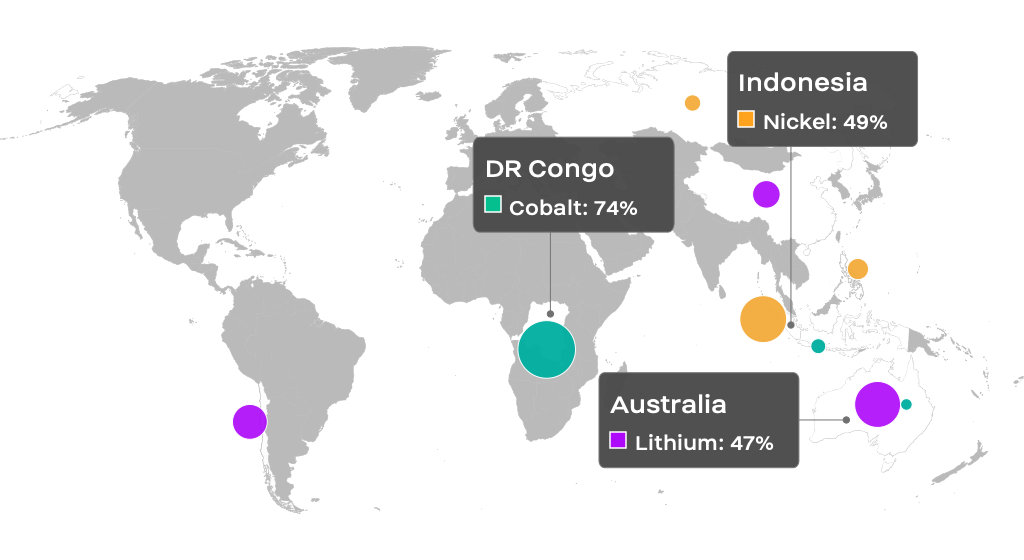
For 2022, Indonesia, di Philippines and Russia produce two-thirds of di mined nickel supplies for world.
Australia, Chile and China bin mine 91% of di world lithium supplies
Di Democratic Republic of Congo (DR Congo), Australia and Indonesia bin mine 82% of di world cobalt supplies.
D R Congo, cobalt: 74%; Indonesia, nickel 49%; Australia, lithium 47%
Mining of critical minerals dey very concentrated for just few kontris. Dis na di top producing kontris for each mineral.
Wia dem dey process dis minerals?
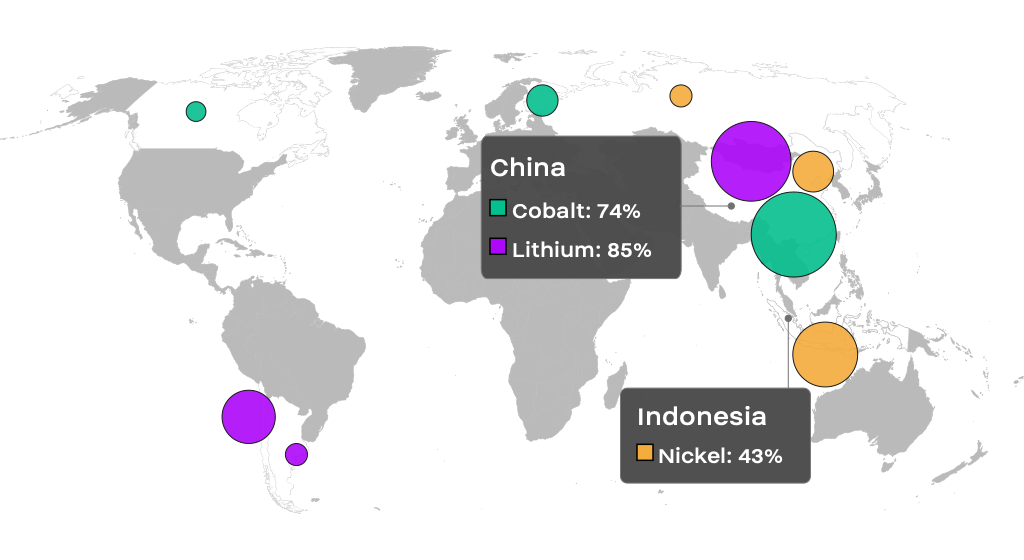
Processing dey more concentrated to even fewer kontris pass di mining sef.
China, cobalt 74%, lithium 65%; Indonesia, nickel 43%.
China dey process plenti of di lithium and cobalt, and Indonesia dey process di most nickel.
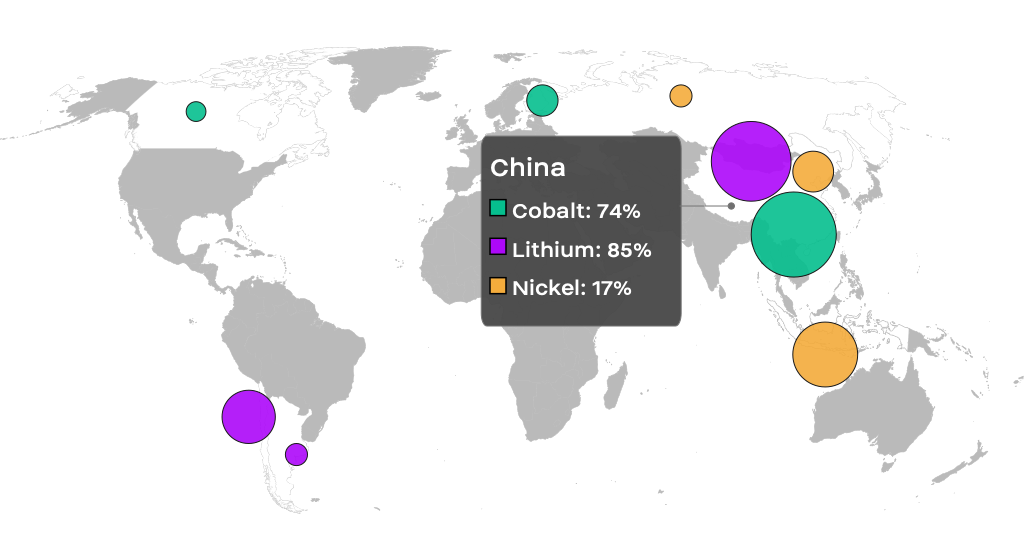
China, cobalt 74%, lithium 65%, nickel 17%.
China also dey process 90% of di rare earth elements, wey dem dey use for modern technologies.
History don show us say to fail to diversify suppplies and trade routes for essential resources dey get ogbonge risks.
History don show us say to fail to diversify suppplies and trade routes for essential resources dey get ogbonge risks.
Tim Gould, IEA
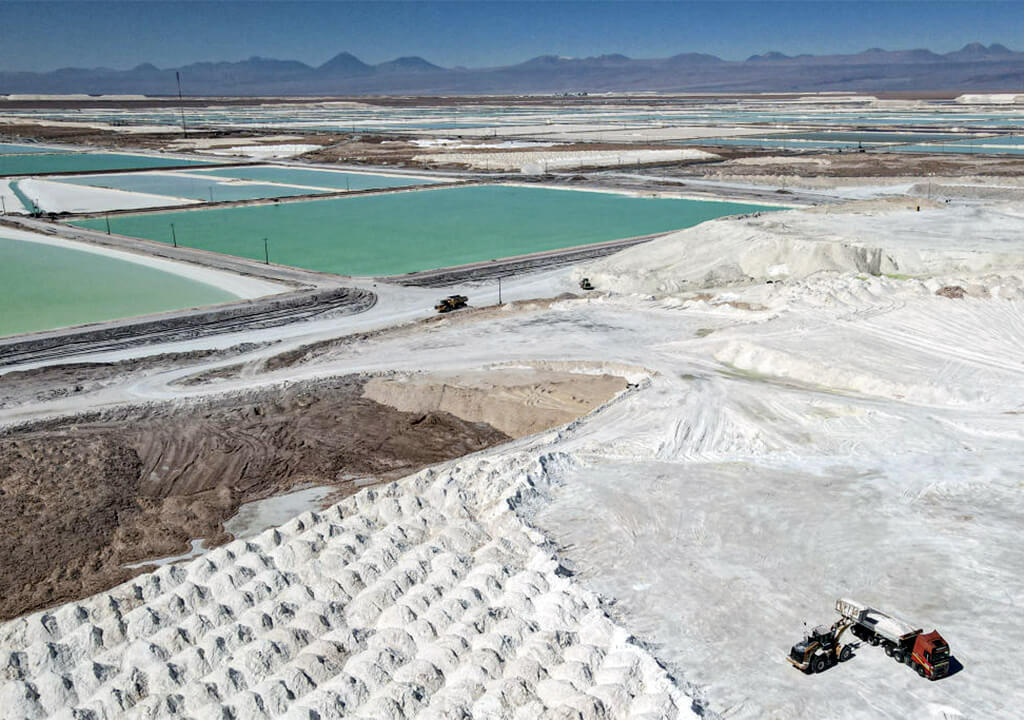
One mining machine move salt by-product for one lithium mine for Chile
Lithium mine for Chile
Wetin be di block di supply of all dis critical minerals?
Normal mine fit take like 15 years or more to establish and we get less dan seven years before 2030.
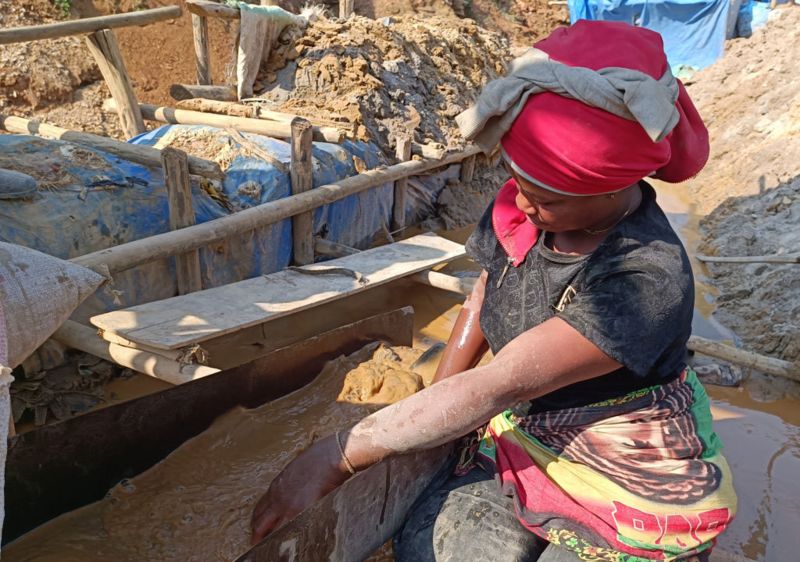
Woman wey dey work for cobalt mine for DR Congo, for veri poor conditions
Cobalt mine for DR Congo
Once dem find new reserve, you fit no get di infrastructure like roads for ground to fit exploit am.
New mines fit no dey safe and dem go need to be tok-tok wit di local communities to make sure say di extraction dey fair and equitable.
Di expansion of industrial-scale cobalt and copper for di Democratic Republic of Congo don cause make dem chase full communities comot and also serious human rights abuses.
Di expansion of industrial-scale cobalt and copper for di Democratic Republic of Congo don cause make dem chase full communities comot and also serious human rights abuses.
Amnesty International
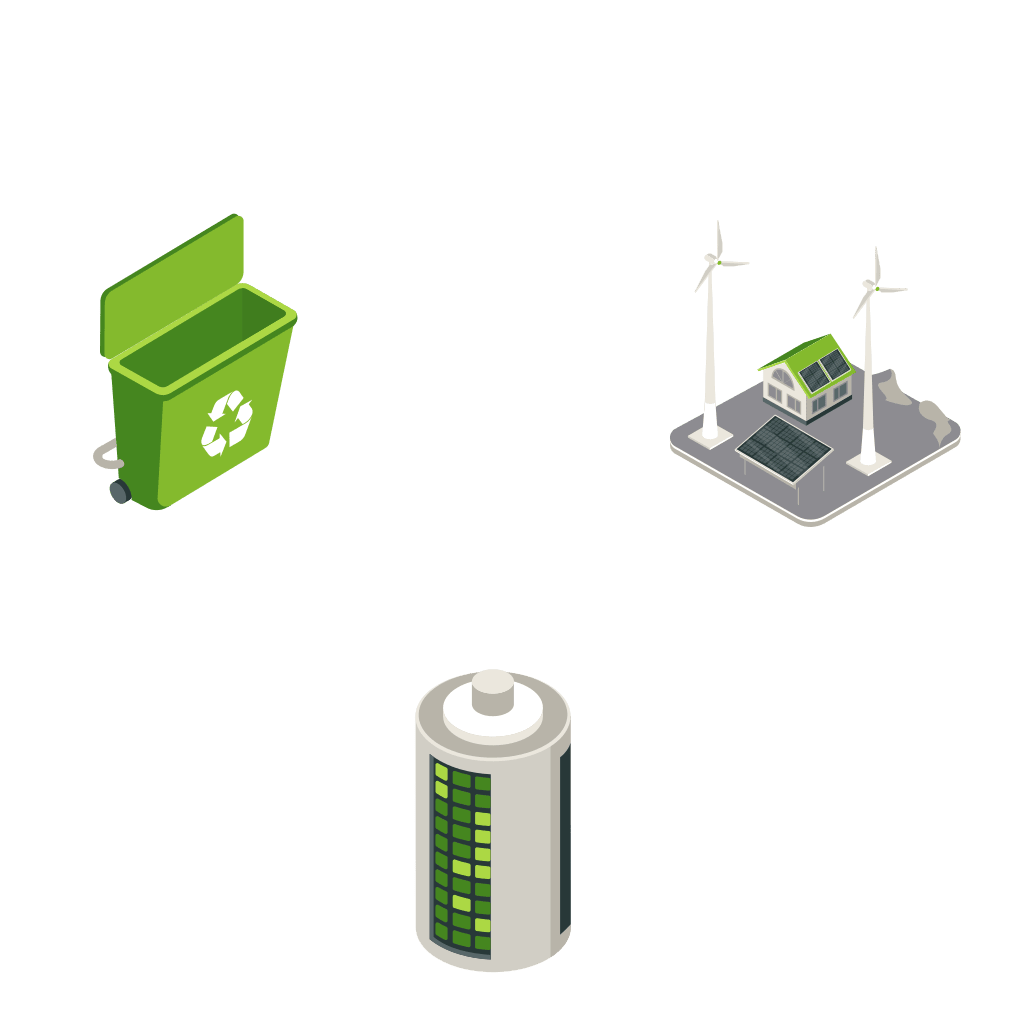
As time pass, dem go need recycle dis batteries.
Scientists believe say most electric motor batteries go need to dey changed within 20 years.
Researchers for di UK University of Birmingham say na less dan half of di battery materials fit dey recycled as at now.
But dem say say 80% fit dey within di next two decades.
We go need to retink di way we build batteries so e go dey easier to recycle dem.
We go need to retink di way we build batteries so e go dey easier to recycle dem.
Prof Paul Anderson of di University off Birmingham, UK
With di amount of batteries we dey make, you no fit recylcle your way comot am. Di minerals wey dem dig no reach for all di batteries wey we dey hope to make.
With di amount of batteries we dey make, you no fit recylcle your way comot am. Di minerals wey dem dig no reach for all di batteries wey we dey hope to make.
Prof Paul Anderson of di University off Birmingham, UK
...there we go.